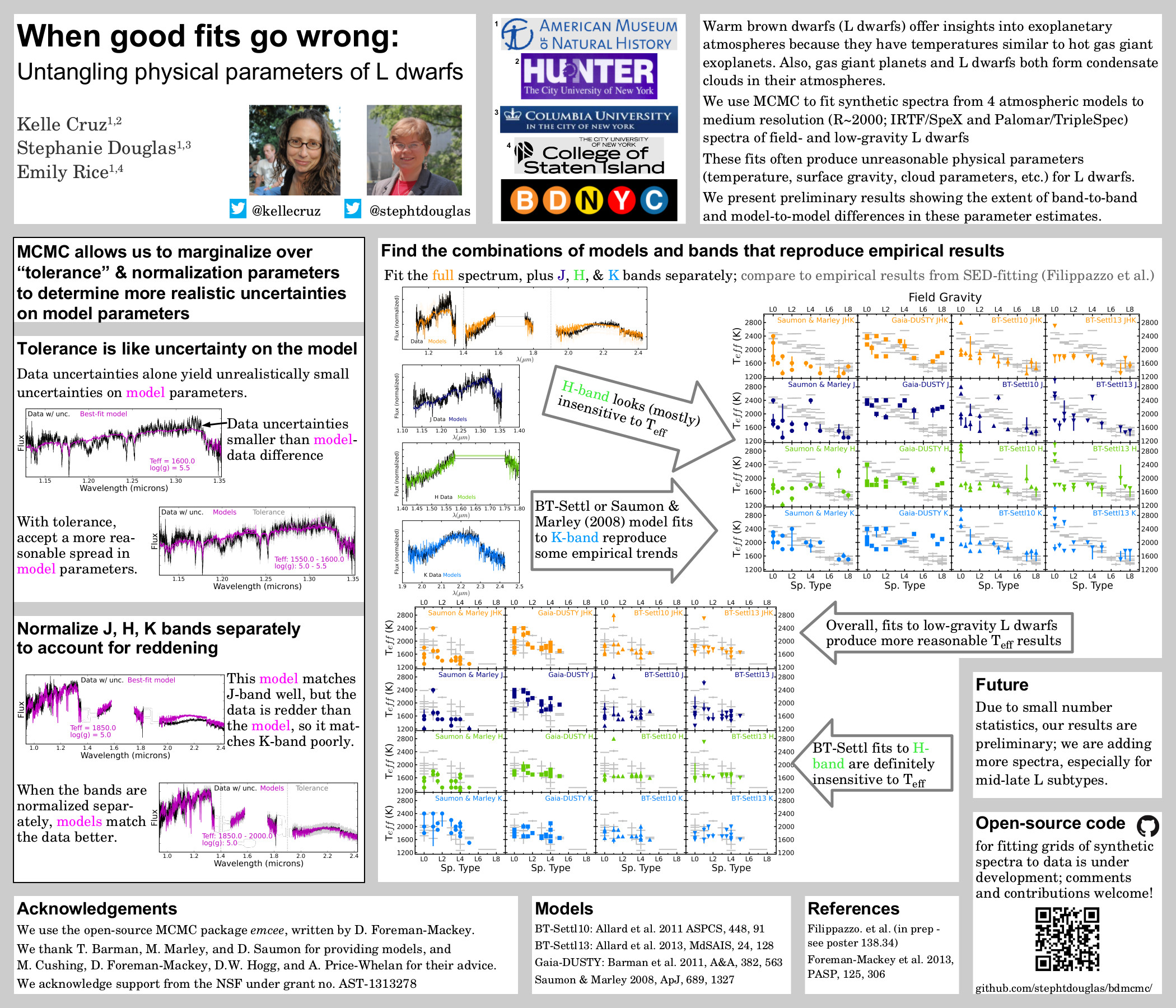The one sure thing about a moving group is that all the stars are supposed to be moving together through space.
Even without full 3D kinematics, we can still see this: The Pleiades cluster and Hyades cluster members all have similar proper motion position angles: 160 for the Pleiades, 110 for the Hyades (both in the system where due North is 0, and due East is 90). In fact, the Ursa Major moving group (composed of most of the stars in the Big Dipper) was initially found this way.
That only works well with clusters, though. If you have a moving group or young association that’s spread out over large regions of sky, the directions the members are moving in will change:

A plot of the proper motion vectors (scaled up 180,000 times) of young stars in Zuckerman & Song (2004) and Torres et al. (2008) color-coded by association (see Part 1, or later on in this post for the key). The + sign is the Solar Point (the Sun is basically moving toward that point), and the X is the Anti-Solar point, which the Sun is moving away from.
There’s still a pattern here, though; compare it to a plot of the basically random positions of ALL 2130 star systems within 25 pc (81.3 ly) of the Sun:

Same as above, now with all star systems within 25 parsecs (81.3 light years). In general, motions are random and faster. There are some young stars within 25 pc, these are still color-coded.
Still, while the proper motions of stars in associations may differ, they WILL, however, converge at a particular point on the sky called (appropriately) the ‘Convergent Point’. The convergent point is exactly analogous to the vanishing point we’re familiar with when we see a road or a train track vanishing off into the distance. Here, however, instead of parallel rails, we have a collection of stars moving along parallel paths. All the stars seem to be COMING from one point, and GOING TO another point.
To see the convergent point, I extend the proper motion vectors of the nearby young stars mentioned in Zuckerman & Song (2004) and Torres et al. (2008) into great circles (lines of circumference around a sphere). The result is shown below:

I can break this down, though, into a series of group-by-group plots:

Some observations:
- The fact that all the young association convergence points are near the Anti-Solar Point (the X; examine the shorter vector plot to see which direction they’re heading) implies that it’s really the Sun doing most of the moving; the associations are “disappearing behind us” as we pass them. The associations do have some small differences in velocity relative to each other, and that accounts for their convergence points being slightly offset from the Anti-Solar Point.
- It’s no accident that 2MASS J06085283-2753583 (Rice et al. 2010) and 2MASS J06131330-2742054 (Malo et al. 2013) have extremely low proper motions; they are sitting almost on top of the Beta Pic convergence point, so their motions should be entirely in the line of sight, and pointed away from us.
- Some of the stars in Tuc-Hor (and others, too) do NOT converge with the rest of them; they may not actually be members. Or my proper motion is wrong.
- I have no proper motions for some stars in Beta Pic and TW Hya, hence no great circles for them.
- The Octans association itself does not really converge. I would not be the first person to suggest that Octans is not a real association.
 Sara Camnasio (Monday, 138.39)
Sara Camnasio (Monday, 138.39) Kelle Cruz and Stephanie Douglas (Monday, 138.37)
Kelle Cruz and Stephanie Douglas (Monday, 138.37) Stephanie Douglas (Monday 138.19)
Stephanie Douglas (Monday 138.19) Jackie Faherty (Talk, Monday 130.05)
Jackie Faherty (Talk, Monday 130.05)
 Kay Hiranaka (Talk, Monday 130.04D)
Kay Hiranaka (Talk, Monday 130.04D) Adric Riedel (Monday, 138.38)
Adric Riedel (Monday, 138.38)

